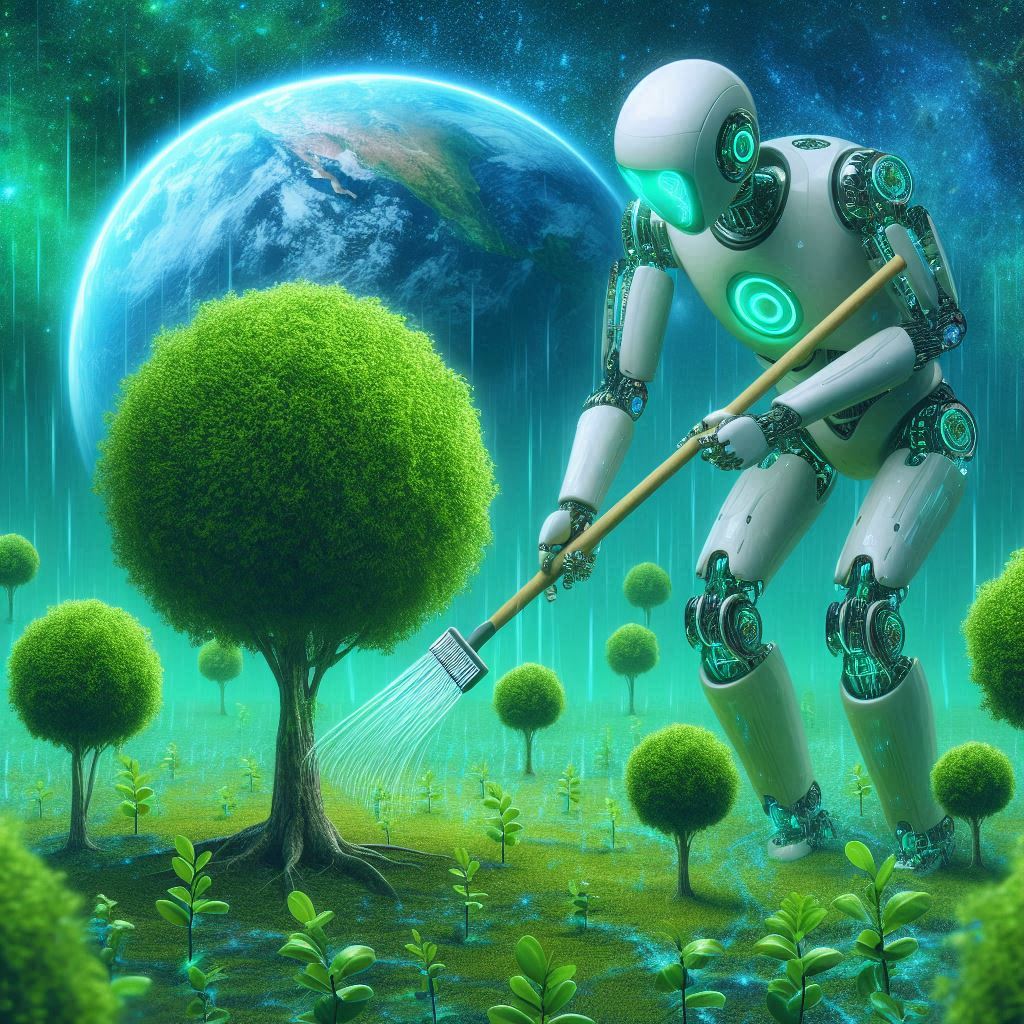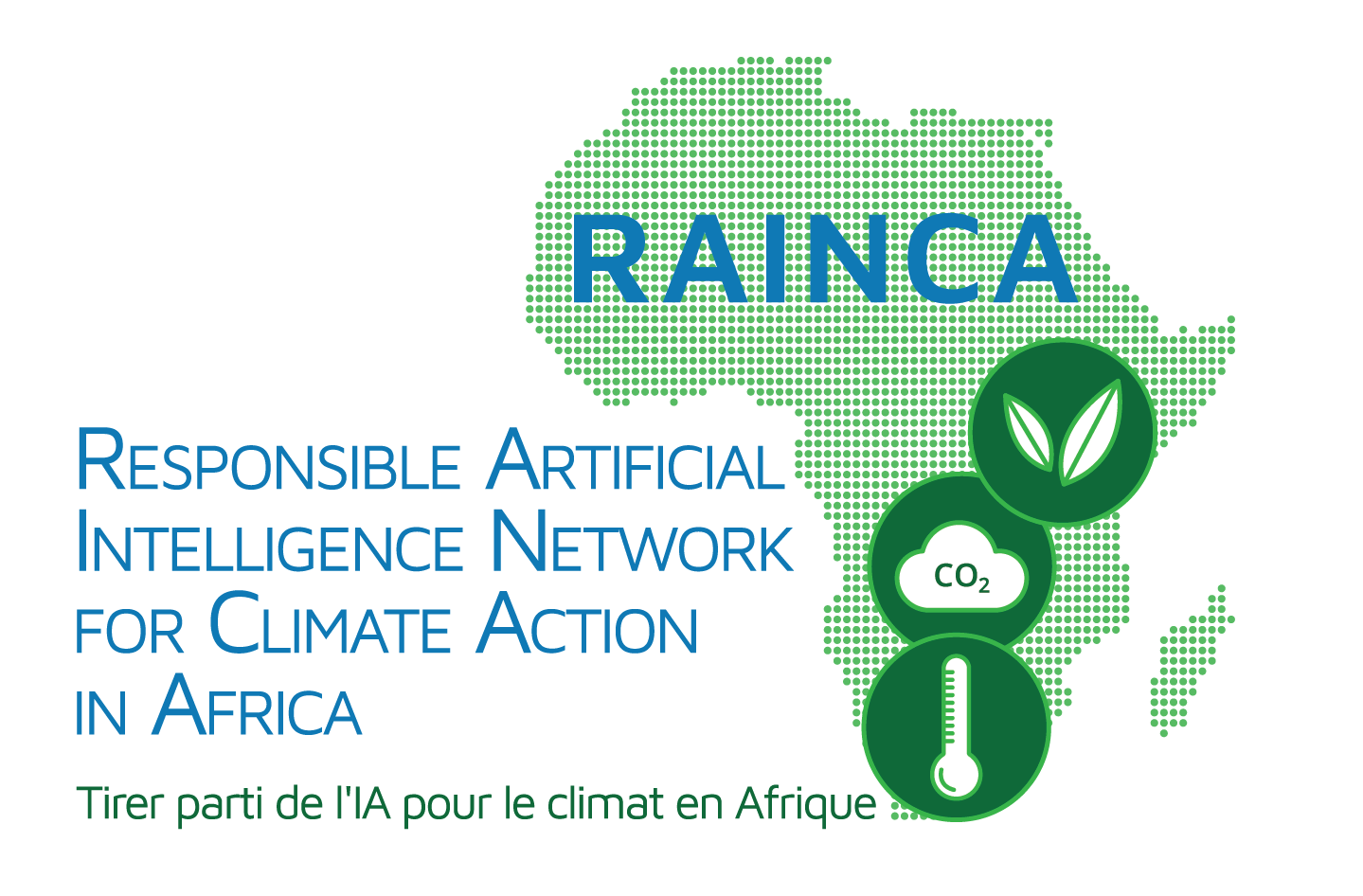
Rainca
Responsible Artificial Intelligence Network for Climate Action in Africa
Tirer partie de l’IA pour le climat en Afrique
Our mission
To provide information and knowledge at the local, national, and regional levels to its West African member countries to cope with the adverse impacts of climate change and devise integrated mid and long-term options to build up resilient and productive socio-ecological landscapes.

Main subjects
Climate forecast and future climate scenarios and trends
Climate forecasts predict future weather patterns based on current data and models. Future climate scenarios and trends explore potential changes in climate due to factors like greenhouse gas emissions and policy decisions.
Emission from broad land-use classes and livestock
Emissions from broad land-use classes include carbon dioxide, methane, and nitrous oxide released from activities such as deforestation, agriculture, and land management. Livestock contributes to these emissions primarily through methane produced during digestion and nitrous oxide from manure management.
Magnitude, severity and trends hazards (drought, floods, etc)
Magnitude and severity of hazards like droughts and floods refer to their intensity and impact. Trends in these hazards involve changes in their frequency and distribution over time due to climate change.
Climate change impacts and best adaptation practices
Climate change impacts include rising temperatures, sea level rise, and more frequent extreme weather events. Best adaptation practices involve measures like improving infrastructure, adopting sustainable agriculture, and enhancing disaster preparedness.
Improvement of climate downscaling tools
Improving climate downscaling tools involves enhancing methods to generate high-resolution climate projections from global models. This allows for more accurate and localized predictions, aiding in better planning and adaptation strategies.
Climate smart cities development
Climate-smart cities development focuses on creating urban areas that are resilient to climate change. This includes using sustainable practices, improving energy efficiency, and enhancing green infrastructure.
Climate change, landscapes and renewable energy
Climate change affects landscapes through altered weather patterns, rising sea levels, and ecosystem shifts. Renewable energy, such as solar and wind power, helps mitigate climate change by reducing reliance on fossil fuels.
Land cover, livestrock and transport
Land cover refers to the physical characteristics of the Earth’s surface, including forests, crops, and urban areas. Livestock management impacts land cover through grazing and farming practices, while transportation infrastructure affects land cover through road and railway networks and their associated land use.
CC water resources And Biodiversity
Climate change impacts water resources by altering precipitation patterns, affecting water availability, quality, and distribution. It also threatens biodiversity by disrupting ecosystems, affecting species’ habitats, and increasing extinction risks due to changing environmental conditions.

Workshops
Workshops provide hands-on experience and practical skills in a collaborativeenvironment.

Webinar Series
Webinars offer virtual learning and information sharing through live or recorded online sessions.

Grassroots Led Research
Grassroots-led research empowers local communities to design and conduct studies addressing their specific needs and concerns
